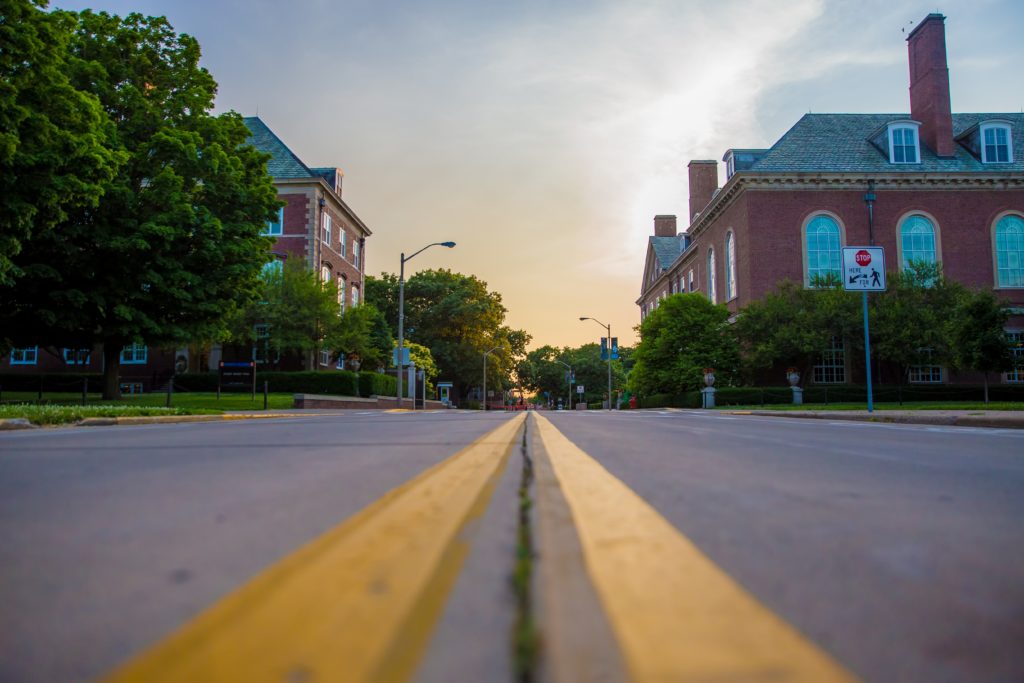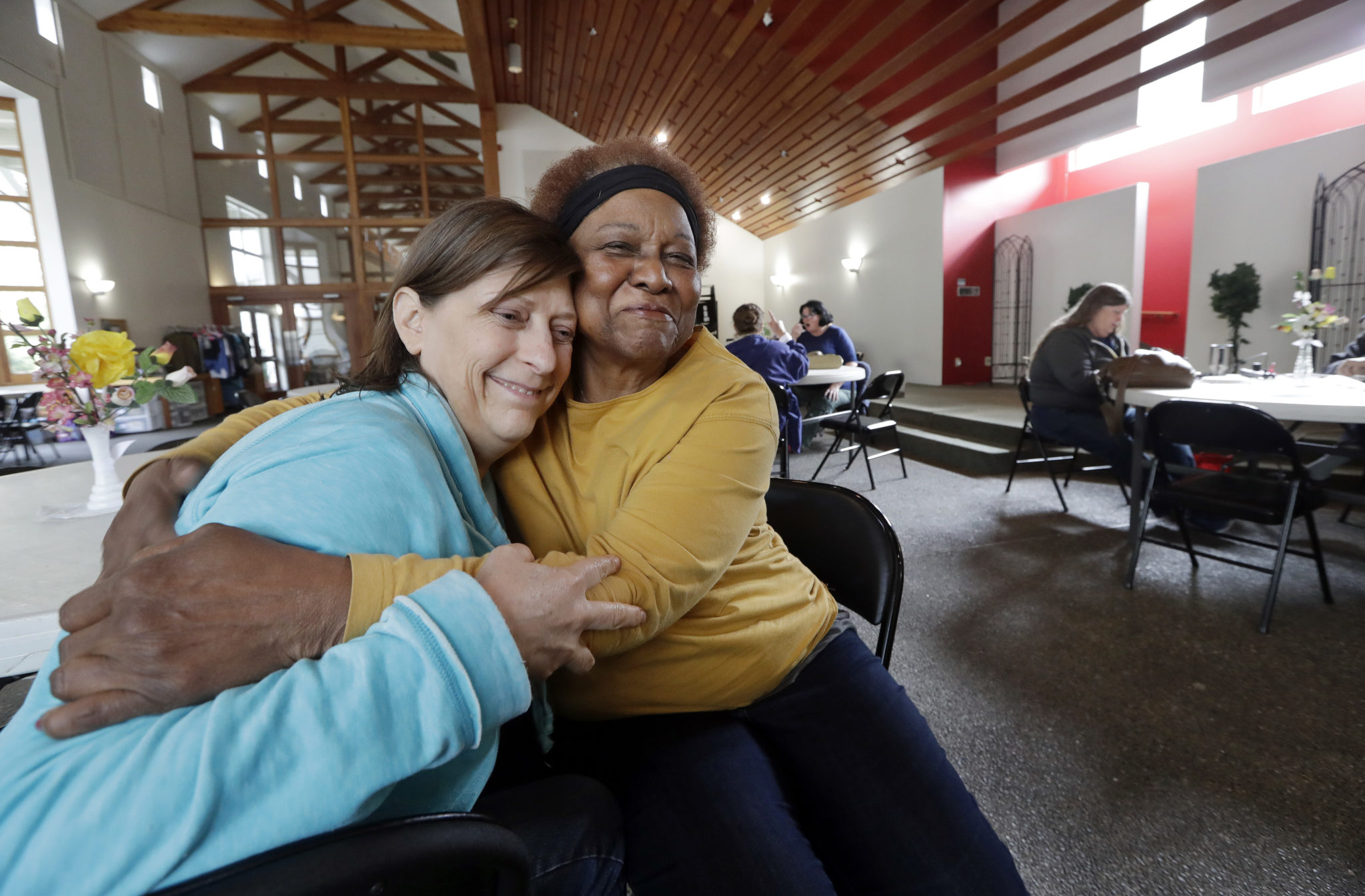The U.S. Department of Housing and Urban Development (HUD) has released the 2022 Annual Homeless Assessment Report (AHAR) to Congress (Part 1). The report shows that homelessness increased by 0.3 percent since 2020.
In light of the unprecedented economic strain caused by COVID-19, combined with a severe and prolonged nationwide affordable housing crisis, the numbers buck predictions that homelessness would skyrocket during the pandemic. The progress for specific populations illustrates that federal resources, when targeted to the needs of specific subpopulations and combined with best practices on the system and provider level, can and do prevent and end homelessness.
Unfortunately, they also illustrate that homelessness increases among other subpopulations when these investments are not scaled or targeted to their needs.
Key Increases
The report shows that on a single night in 2022, at least 582,462 people experienced homelessness in the United States. This represents an increase of nearly 2,000 people since 2020. Of those experiencing homelessness on a single night in 2022, 384,630 were sheltered, and 233,832 were unsheltered.
- The overall number of people experiencing unsheltered homelessness increased by 3.4 percent since 2020.
- The number of individuals experiencing chronic homelessness increased by 15.6 percent, with a 32.4 percent increase in the number of chronic individuals in shelter and a 7.1 percent increase among people who are unsheltered.
- The overall number of individual adults experiencing homelessness (i.e., those not experiencing homelessness as a member of a family unit) increased by 3.1 percent.
“The data is clear that we need dramatically greater federal resources for those experiencing chronic and unsheltered homelessness and a greater commitment to affordable housing for everyone,” said Ann Oliva, CEO of the National Alliance to End Homelessness. “The longer this crisis plays out in communities, the more willing elected officials will become to advance harmful and ineffective responses, instead of the proven strategies that are driving declines for other groups.”
Key Reductions
The groups that experienced reductions were those that most benefitted from COVID relief measures and targeted federal homelessness investments. Of note, the 2022 Point in Time Count took place when several COVID relief measures were still actively in play. However, several provisions have since expired, which stands to put this progress in jeopardy:
- The number of families with children continued to decline, with a 6.1 percent decrease over 2020. COVID relief policies, such as the eviction moratorium, combined with relief resources including economic impact payments, emergency rental assistance, and state-level legal aid programs, were key to these reductions.
- The number of homeless youth dropped by 12 percent, with a 32.8 percent drop in the number of unsheltered youth under 18, and a 21.9 percent drop among those unsheltered aged 18 to 25. Resources such as Family Unification Program and Foster Youth to Independence vouchers playing a key role, as well as community-led innovations funded through HUD’s Youth Homelessness Demonstration Program.
- The number of veterans fell by 11.1 percent, driven by robustly funded investments in proven programs such as the Supportive Services for Veteran Families and HUD-VA Supportive Housing programs, which operate under the Housing First model.
Continued Disparities
The report continued to cast light on the severe racial inequities among people who experience homelessness. Black and Indigenous people continue to be dramatically overrepresented in homelessness systems. People who identify as Black made up 12 percent of the total U.S. population but 37 percent of all people experiencing homelessness and half of all people experiencing homelessness as members of families with children. There was also a two percent increase in unsheltered homelessness among people who identify as Black.
The number of people experiencing homelessness increased slightly among other racial groups, ranging from a four percent increase among American Indian, Alaska Native, or Indigenous to a 19 percent increase among Native Hawaiians or Pacific Islanders. People that identify as American Indian, Alaska Native, or Indigenous make up three percent of all people experiencing homelessness, but only 1.3 percent of the total U.S. population. People who identify as Native Hawaiian or Pacific Islander make up two percent of all people experiencing homelessness and only 0.3 percent of the total U.S. population.
Moreover, the report shows that homelessness among people identifying as Hispanic or Latino increased by eight percent between 2020 and 2022, with a 16 percent increase in those who were unsheltered. People identifying as Hispanic or Latino make up 24 percent of the total people experiencing homelessness, but only around 19 percent of the total U.S. population.
A New Federal Strategy
This year’s numbers coincided with release of the United States Interagency Council on Homelessness’ (USICH) new plan, All In: The Federal Strategic Plan to Prevent and End Homelessness (All In). This plan sets aggressive goals for reducing homelessness through a detailed and data-driven strategic framework that prioritizes homelessness prevention and racial equity in the federal government’s response to homelessness.
“This year’s numbers show that we do know how to end homelessness, and our continued progress on behalf of families, youth, and veterans proves it. As emergency COVID relief measures expire, we will need federal, state, and local leaders to step up with investments to maintain and build upon this progress,” said Oliva. “The Alliance is encouraged that the commitments outlined in USICH’s Federal Strategic Plan set ambitious goals and acknowledge the government’s essential role in advancing best practices for ending homelessness. This is fundamental for turning the tide on the crisis of homelessness in America.”
Stay Updated: Solutions, Stories, and Ways to Make an Impact
Sign up to receive updates on the Alliance’s work, including the latest research, advocacy efforts, and real stories of progress — plus ways you can help drive lasting change.














